Despite WWII coming to an end almost 80 years ago, various artifacts from that era are still coming to light to this day.
More recently, a family found 22 stolen WWII artifacts when they were in the process of clearing out their father’s attic, which delighted both them and historians throughout the world.
The Family Found the Artifacts While Clearing out Their Father’s Attic
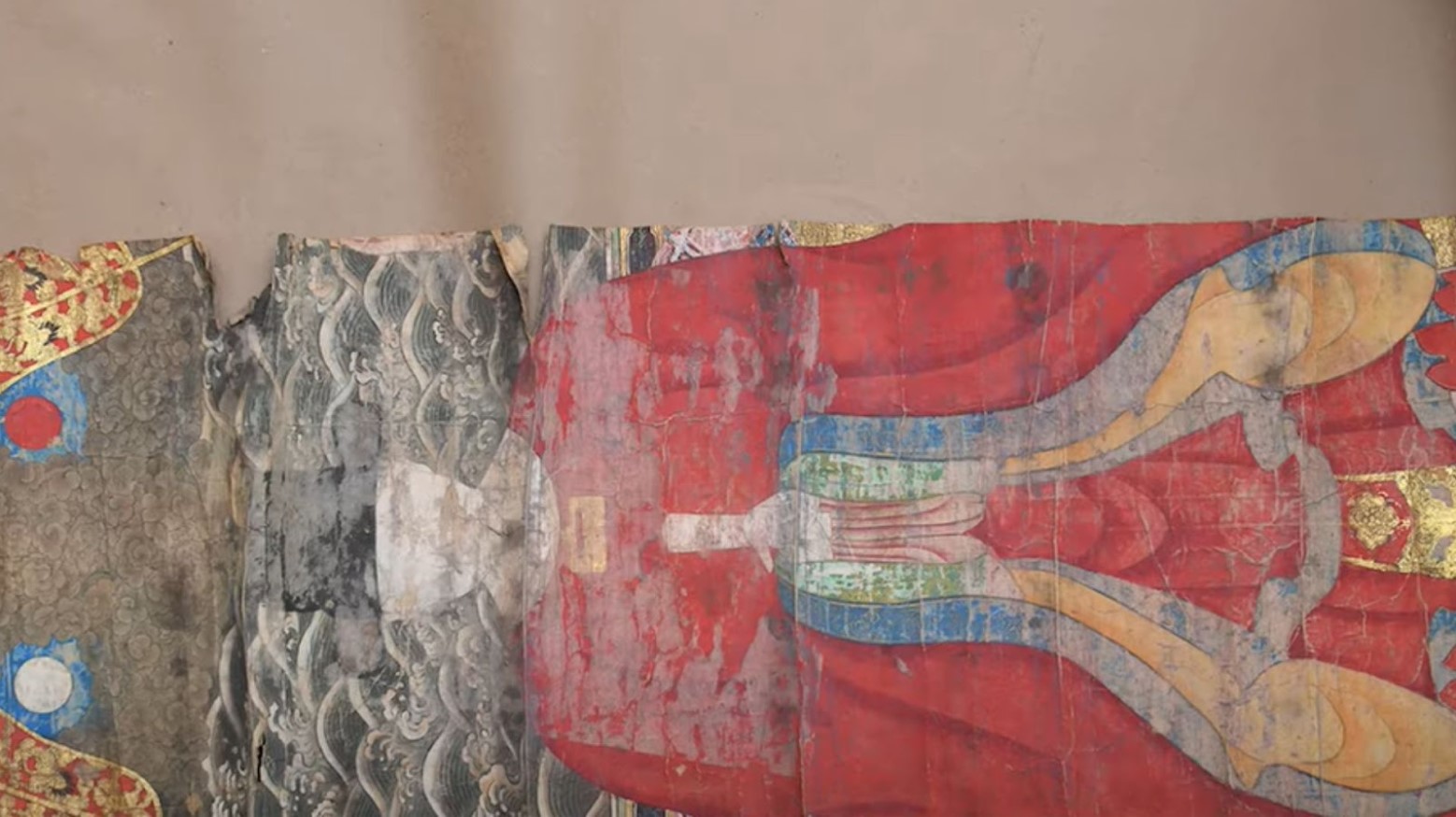
CNBC has reported that while the Massachusetts family was clearing out their deceased father’s attic, they came across the artifacts.
The family wished to remain anonymous, but after realizing there were stolen artifacts, decided to turn them into the FBI.
The Family Researched the Artifacts

When the family came across the artifacts in their father’s attic, they realized they were likely of some importance as they clearly depicted parts of Asia.
This was when they decided to do some research and came across the National Stolen Art File. They saw that the artifacts had been listed and immediately realized that they had to hand them in.
The 22 Artifacts Are From the 18th and 19th Centuries
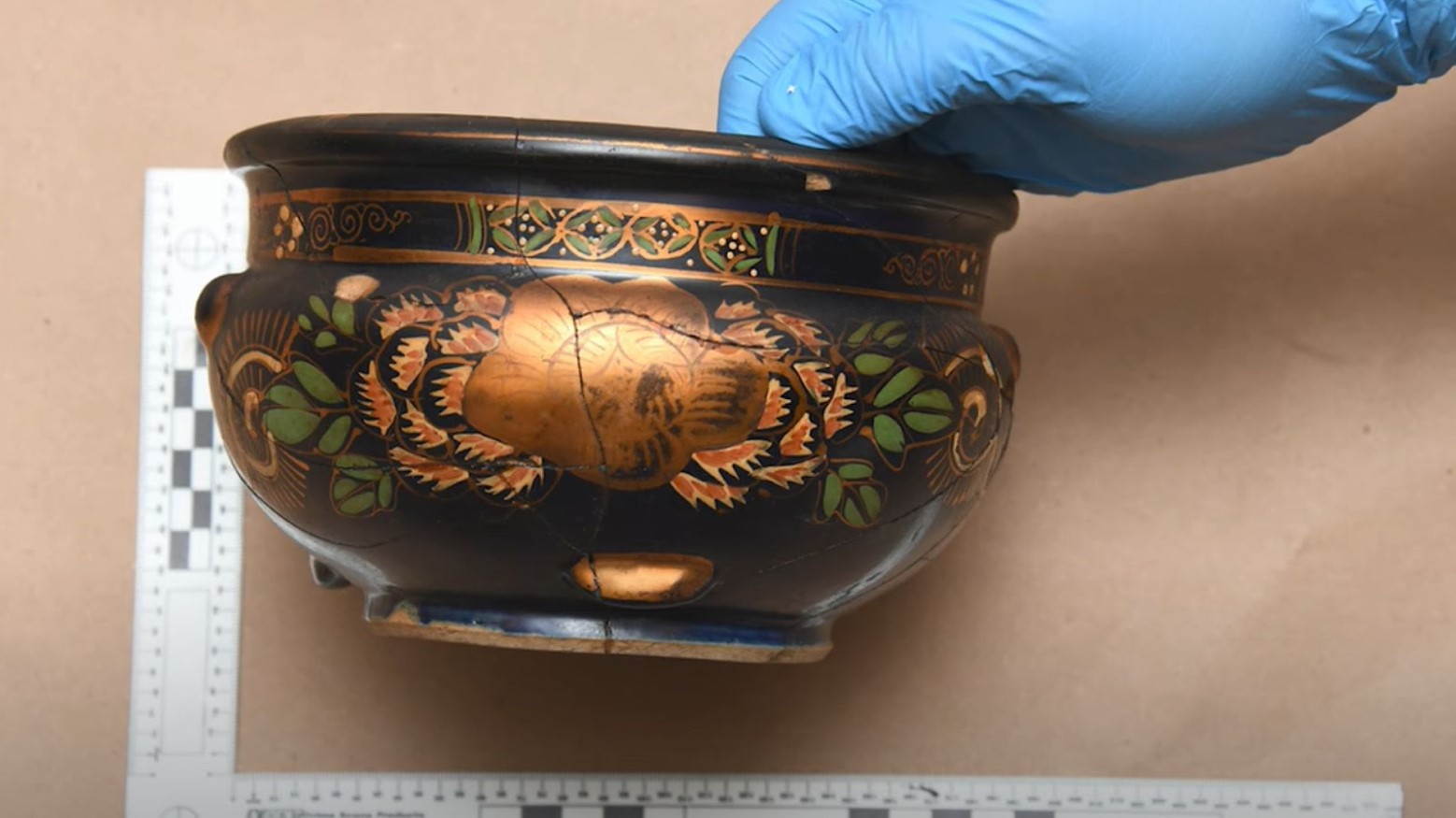
The artifacts found are believed to be from the 18th and 19th centuries, according to the Independent.
Some of the artifacts include portraits, a 19th-century hand-drawn map of Okinawan, pottery, and ceramics.
The Artifacts Depict Okinawan Royalty
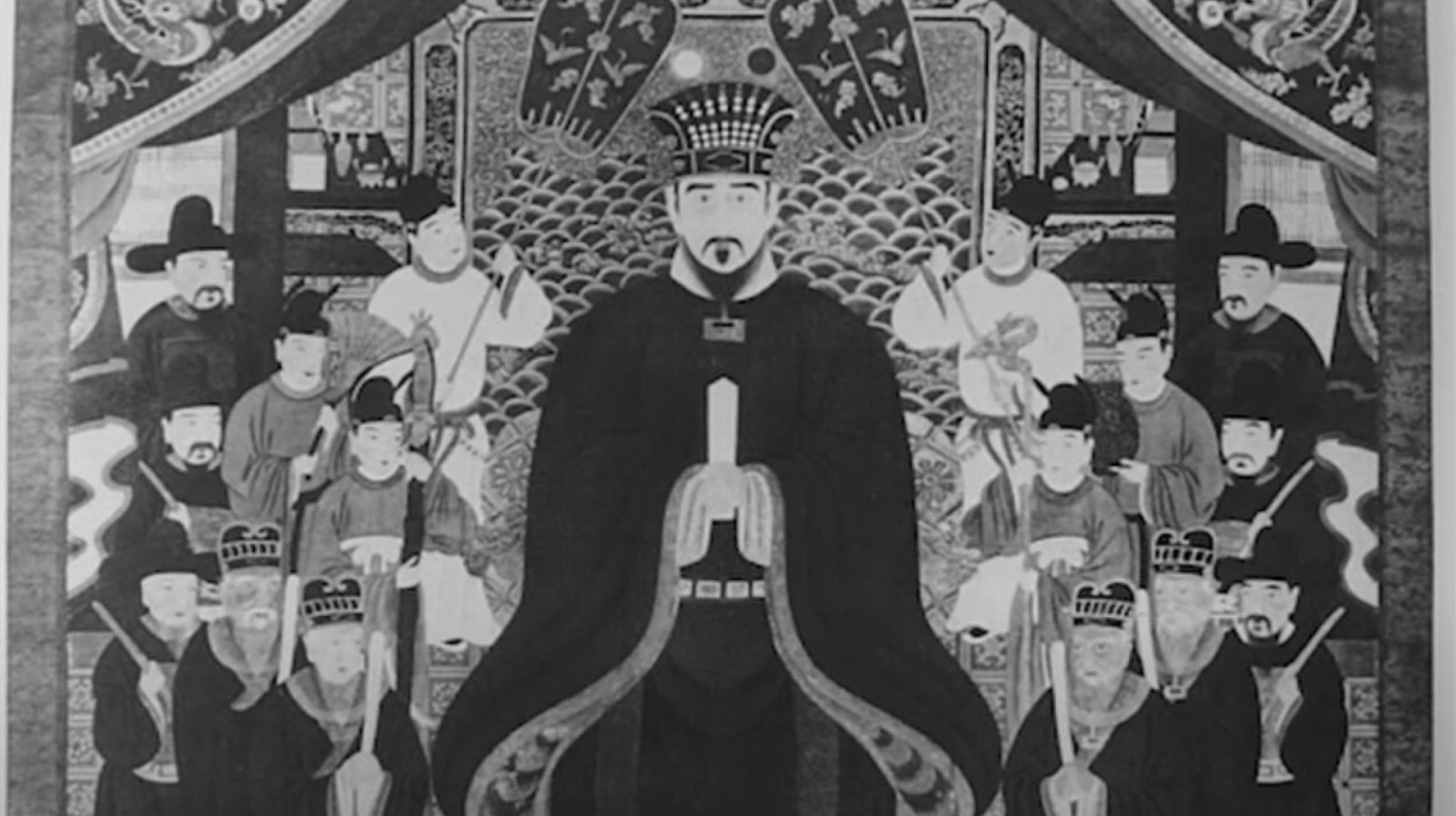
The 22 artifacts the family found in their father’s attack are from Japan.
The majority of the artifacts depict Okinawan royalty, which suggests that the artifacts had been stolen during WWII.
The Contents of the Artifacts
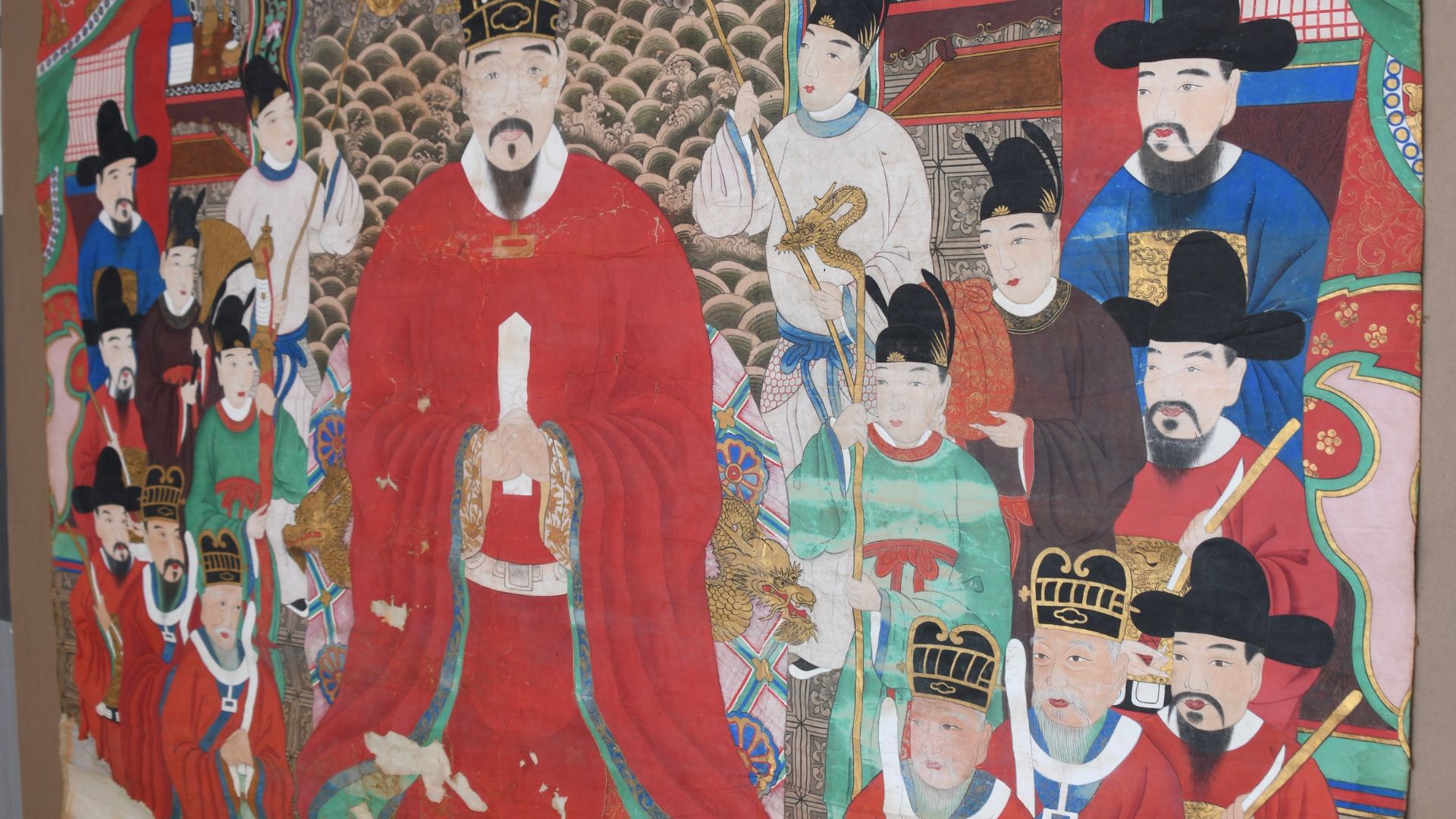
Six scrolls were a part of the Okinawa stolen artifacts. They all depict Ryukyu kings, and three of the scrolls are believed to have originally been one large scroll that split into three at a later date.
The portraits depict the 13th King Sho Kei (1713-1751) and the 18th King Sho Iku (1835-1847). They are believed to be replicas of murals that were painted on the walls of Enkakuji, the royal family’s Buddhist temple.
The Man Was Unlikely to Have Stolen the Artifacts

Even though the artifacts are believed to have been stolen, it is highly unlikely that the man whose attic they were found in stole them.
This is because he didn’t take part in the Pacific Theater, so had no way of being able to obtain the artifacts himself. Therefore, they were likely given to him by someone who had.
The Battle of Okinawa
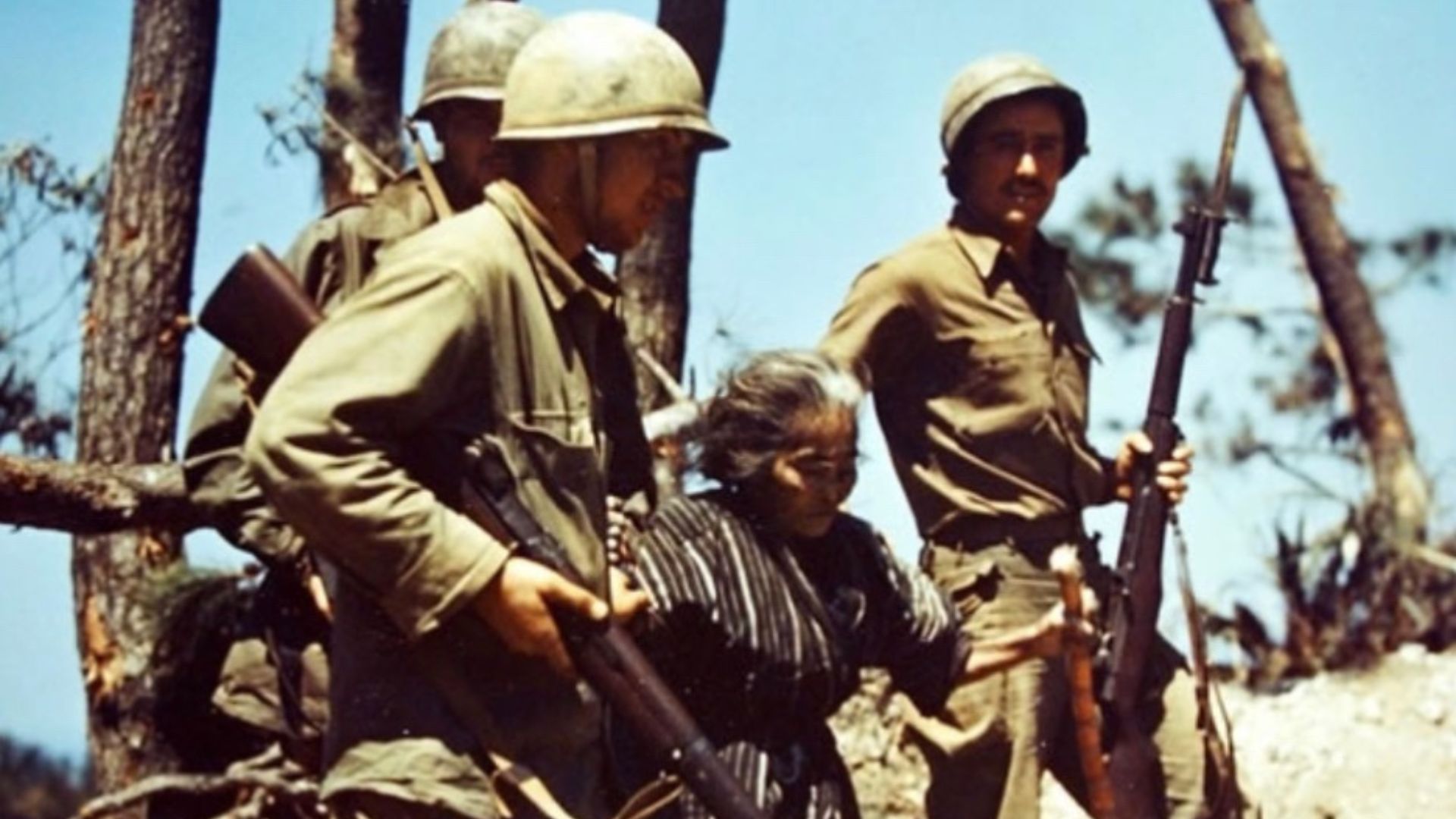
The Battle of Okinawa was a significant part of WWII and happened towards the end of the war between April 1, 1945, and Jun 22, 1945.
It was a battle between US and Japanese troops. It involved 60,000 US troops, and over 1000 kamikaze attacks were launched by Japan. The result was over 100,000 casualties, but it was a victory for the US soldiers.
The Artifacts Have Been Entered Into the FBI’s National Stolen Art File
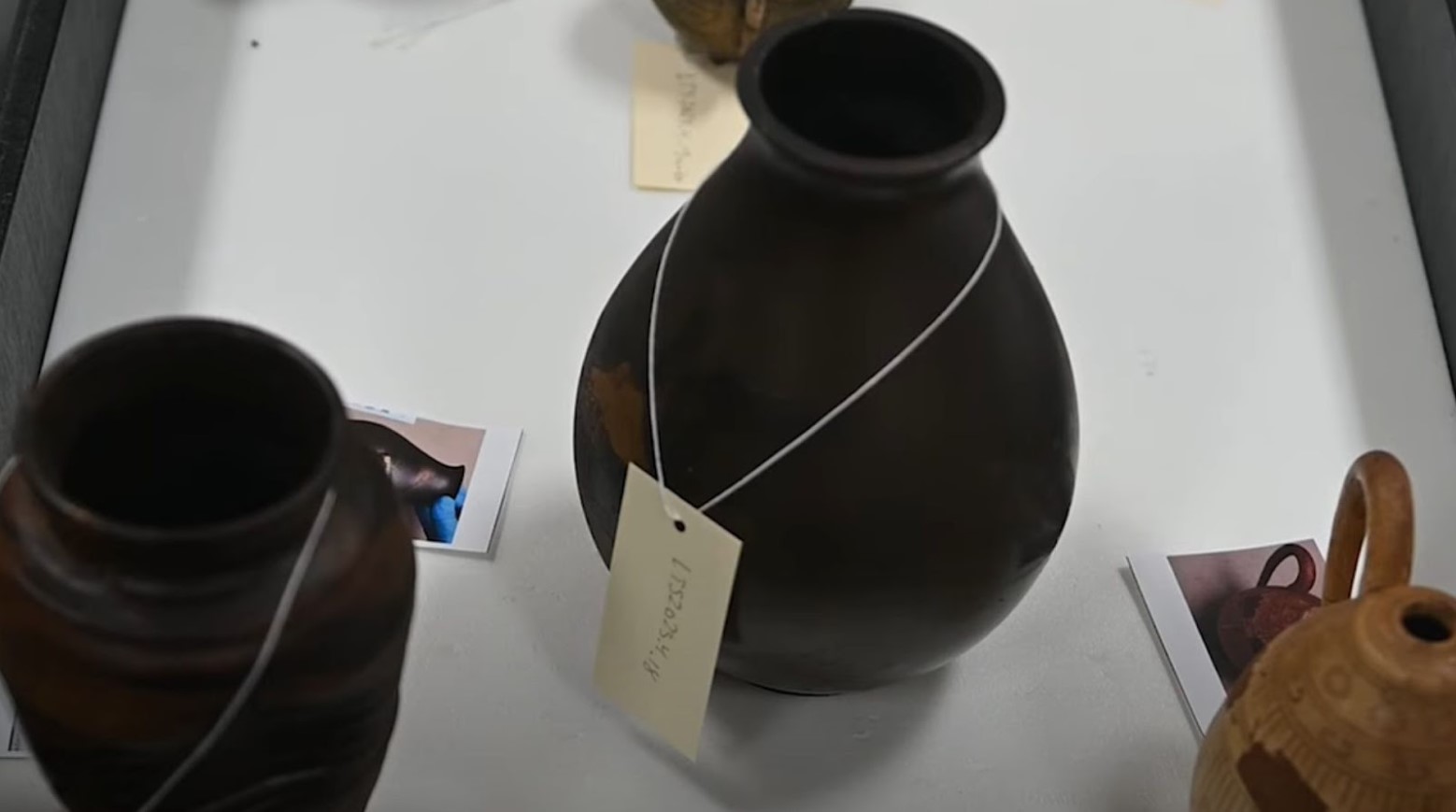
The FBI’s National Stolen Art File contains various artifacts the FBI knows were stolen and need to be returned.
It was the Prefectural Board of Education in Japan that had reported the artifacts as missing in the FBI’s National Stolen Art File back in 2001, to alert the authorities to the fact they were gone. Over 20 years later, they were finally returned.
Anyone Can Use the National Stolen Art File
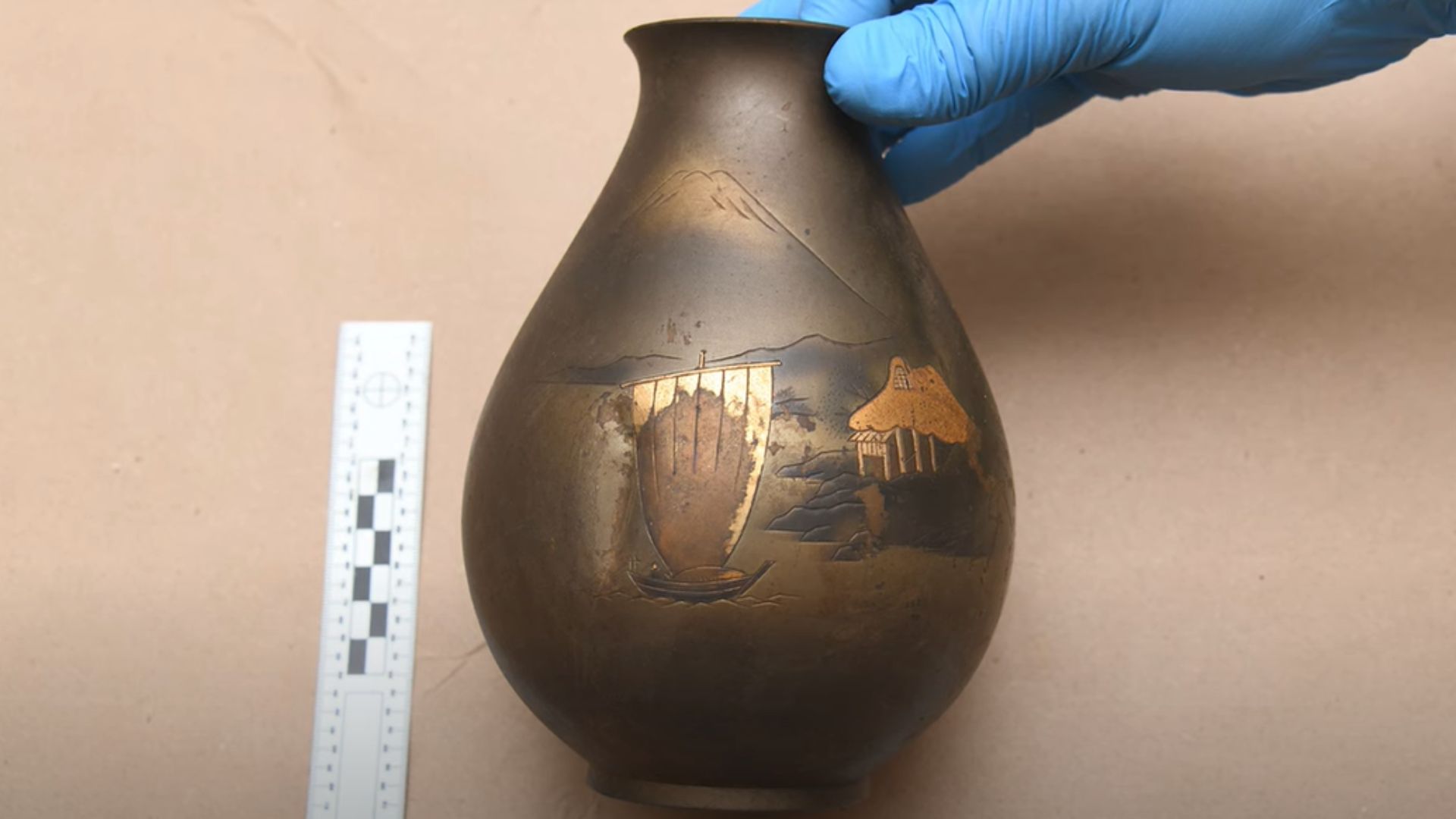
The National Stolen Art File is useful because anyone, whether senior government officials or members of the public, can use it to search for possible stolen artifacts and determine whether they have what is on the file.
This is what the family used with the Okinawa artifacts and is how many other stolen artifacts have been discovered and returned back to their rightful owners.
The FBI Compared the Artifacts to Looted Artifacts From the 1940s
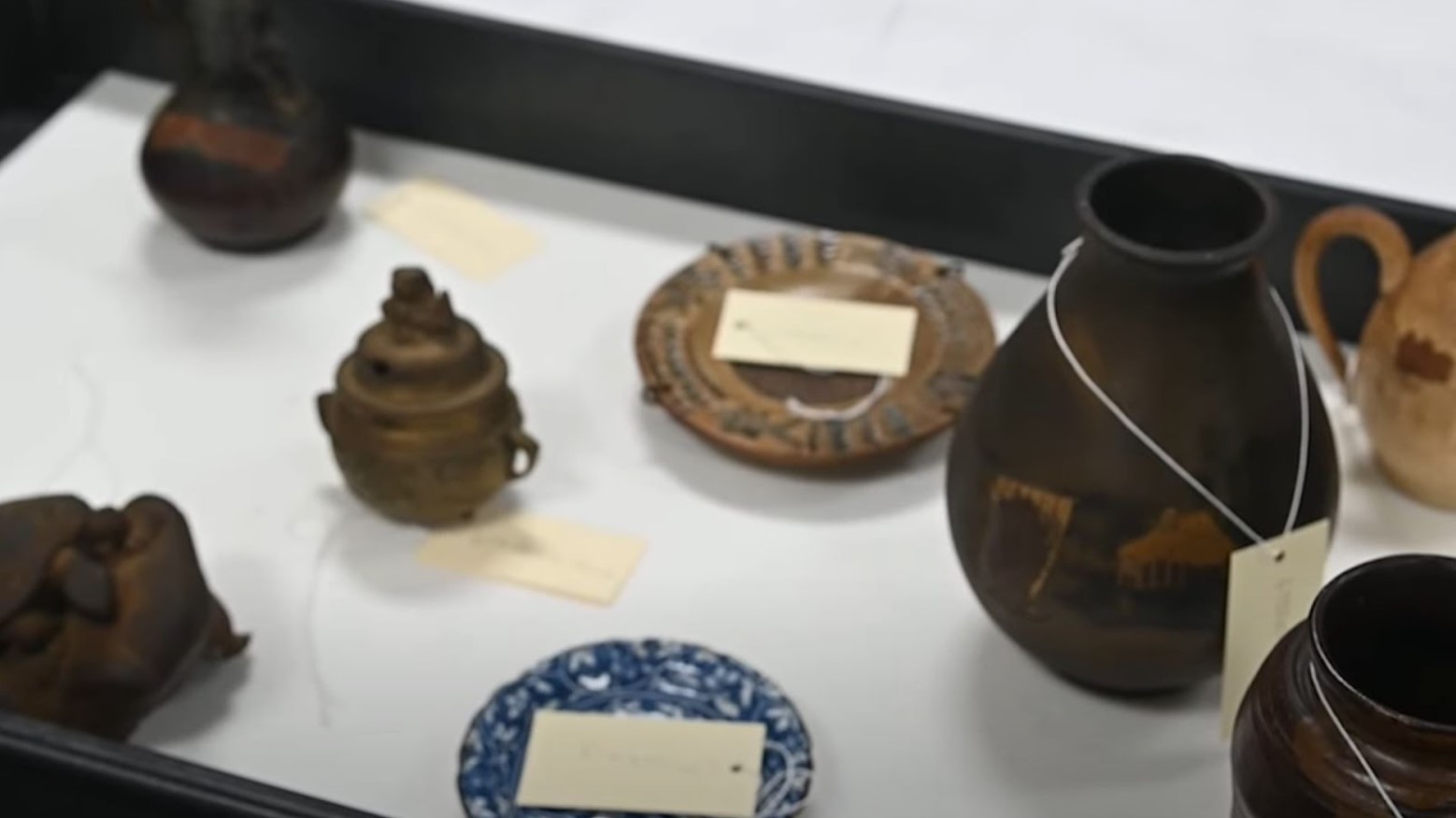
At first glance, the FBI couldn’t be sure the artifacts were those that had been stolen from Japan at the end of WWII.
They compared the artifacts to photos of them from the mid-1940s and were able to assert from this that they were the stolen artifacts, as stated by the FBI.
A Letter Also Confirmed They Were the Stolen Artifacts
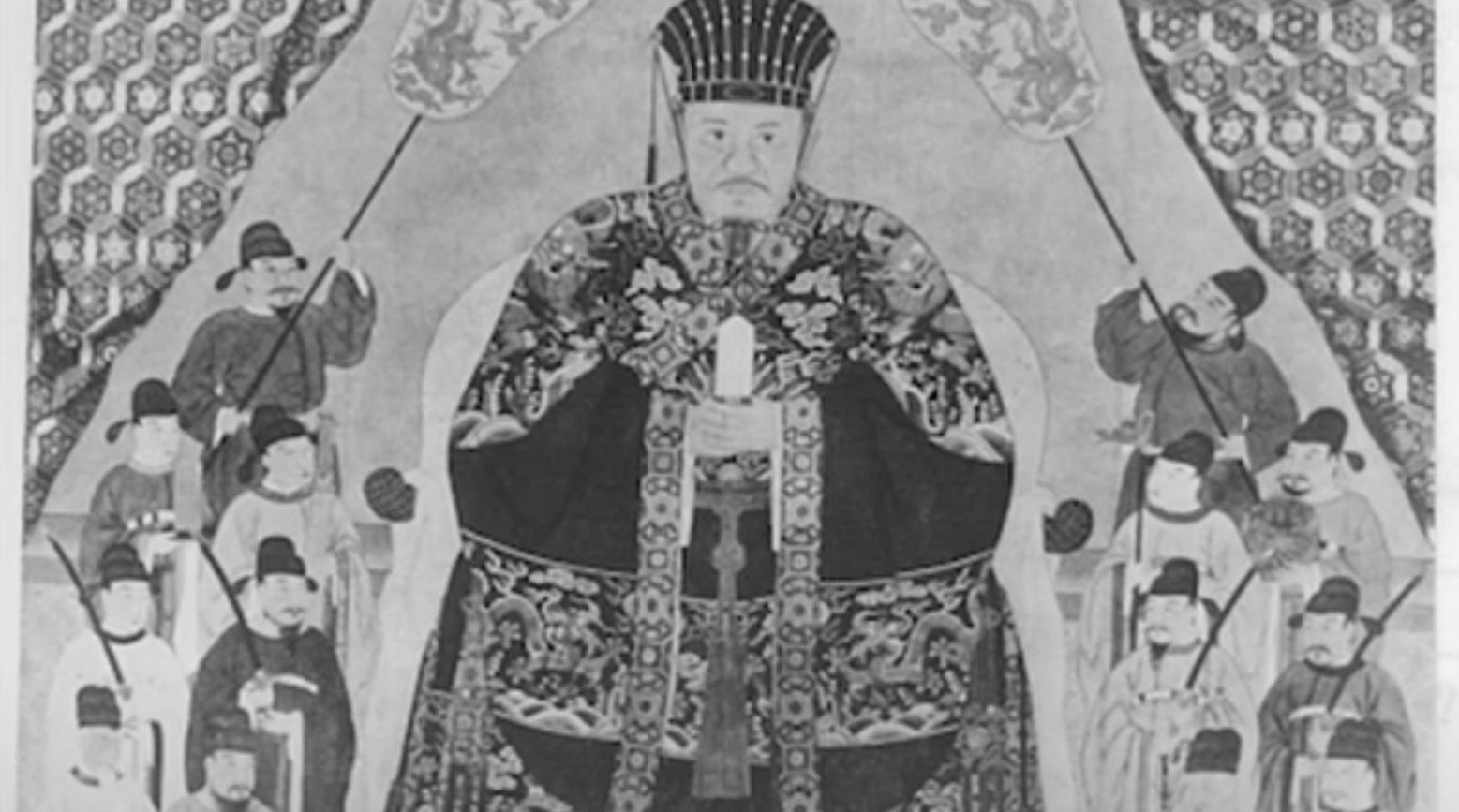
Photographs alone cannot certify whether or not something is real, so officials needed something else to be certain.
They found a typewritten letter among the artifacts that confirmed they were what had been stolen from Japan.
WWII Soldiers Were Treasure Hunters
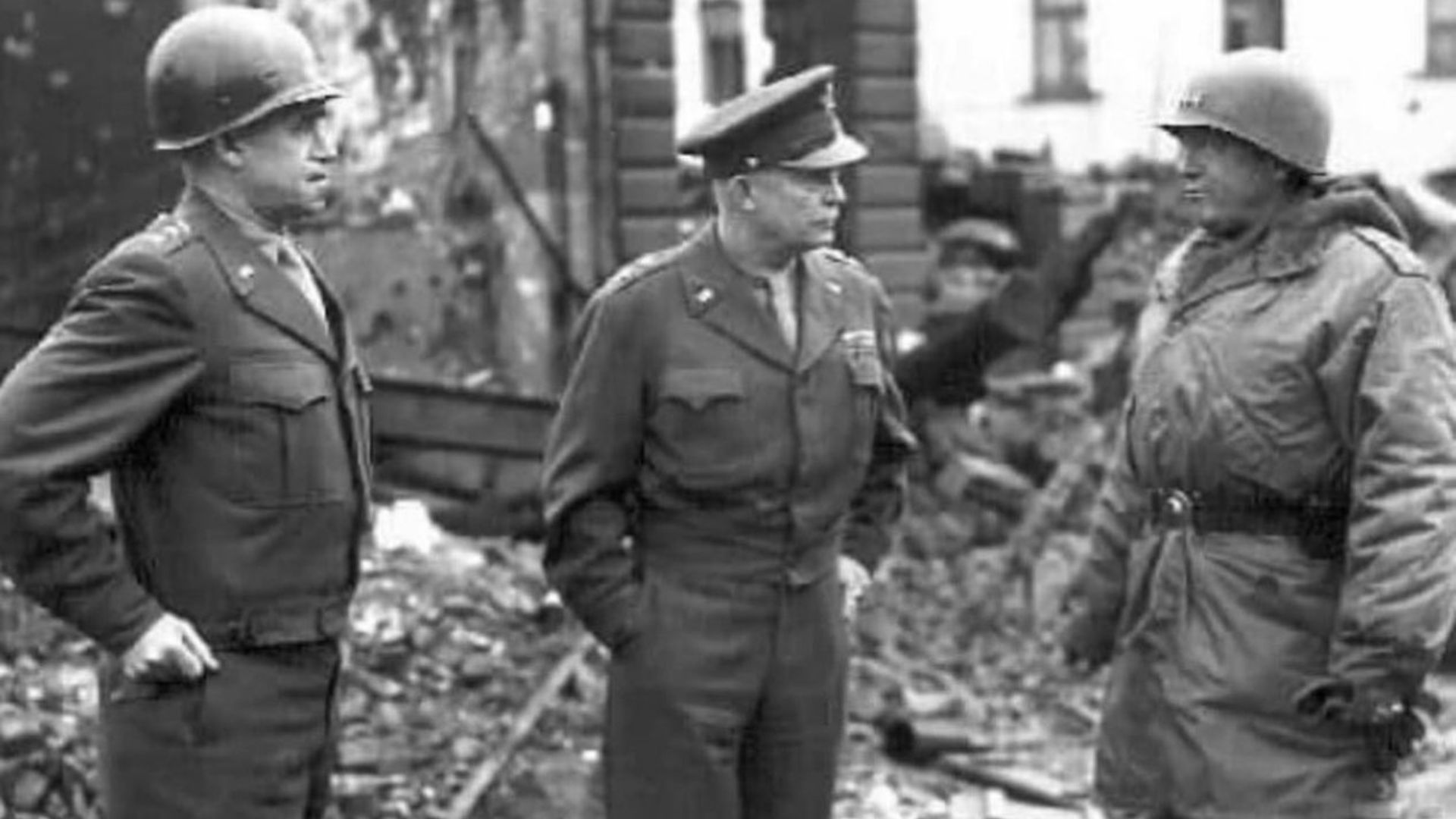
One explanation for why the artifacts were taken is that some WWII soldiers were treasure hunters. As such, they wanted to take souvenirs of their time in battle back home with them.
Some soldiers were under the impression that they were entitled to have these items, so they took them with them. However, over time, it has come to light that these items were stolen, and their rightful owners have asked for them back.
The Artifacts Are a Key Part of Japanese Culture
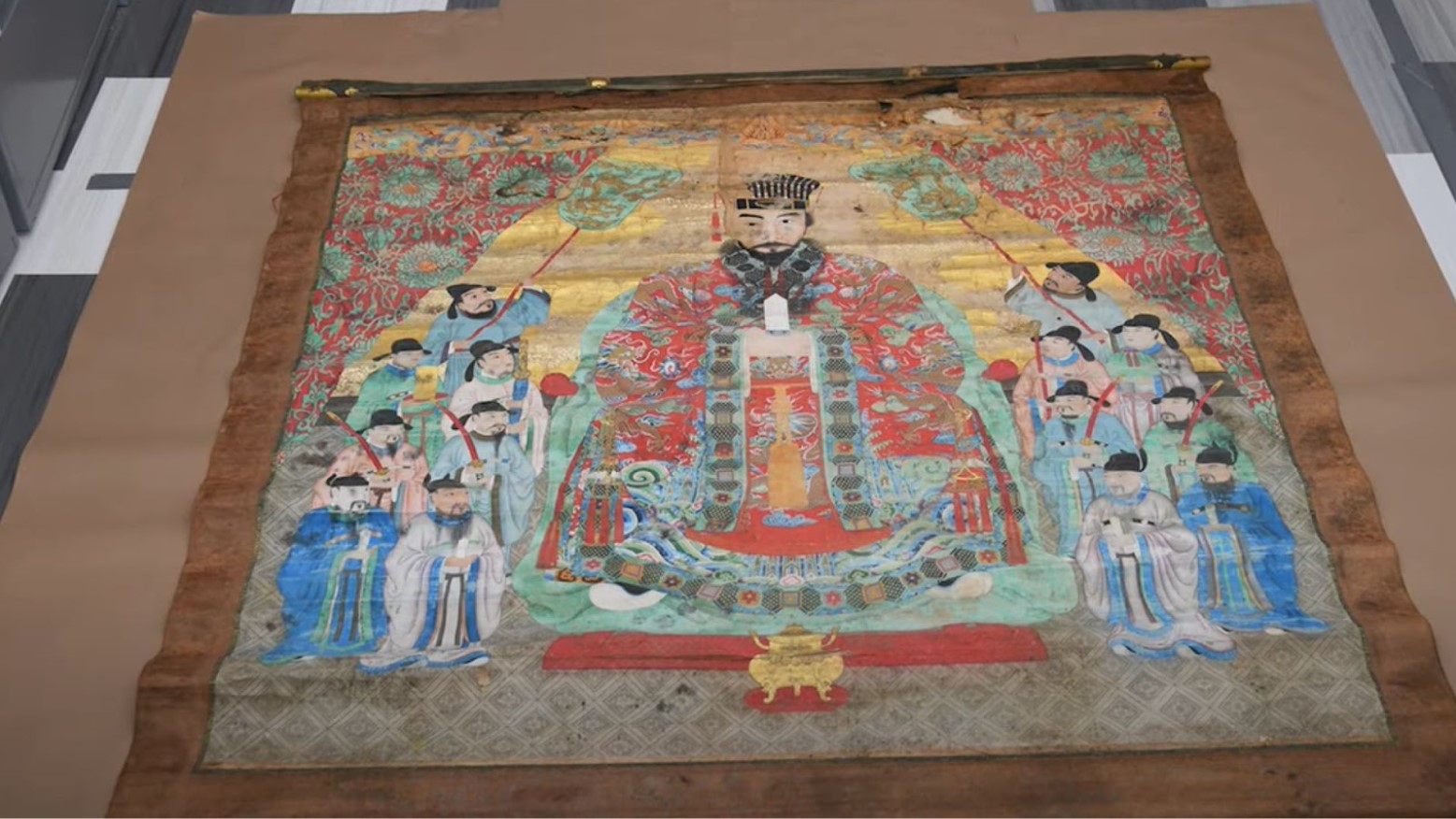
Due to the national importance of the artifacts, they are considered a key part of Japanese culture.
The FBI has said it is important they are returned to their rightful origin and owners to assert their place back into the culture they came from.
Okinawa’s Culture
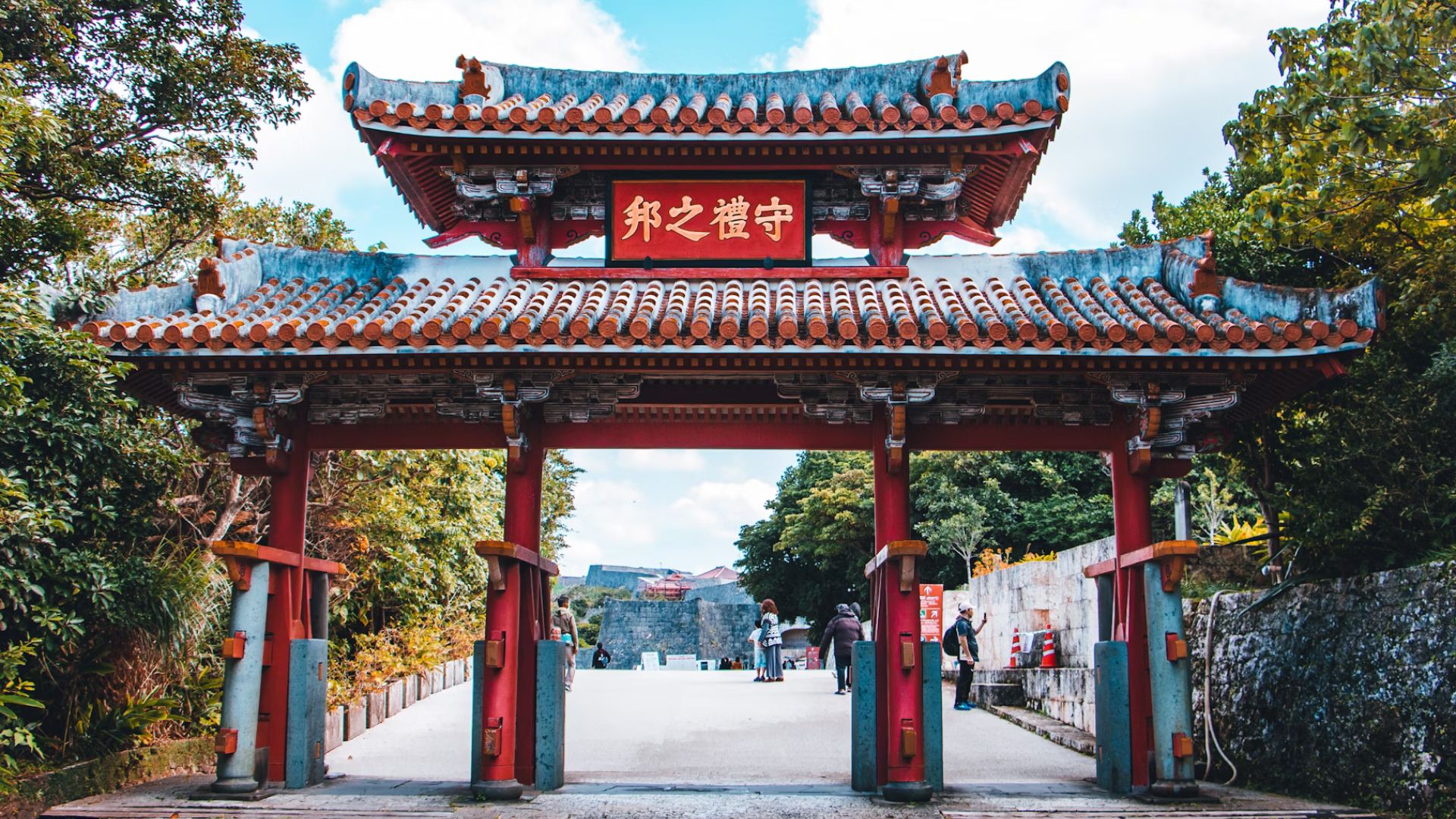
Various pieces that have been gathered over time are able to tell the history of a country and how the culture has been developed. The Okinawa artifacts help with this.
Some of the artifacts depict the kings that ruled during the Ryukyu Kingdom, which reigned in Okinawa from the 15th to the 19th centuries. Not only do they tell more information, but they also help squash or prove any rumors and old tales that have been told over the years.
A Culture Without Historical Artifacts
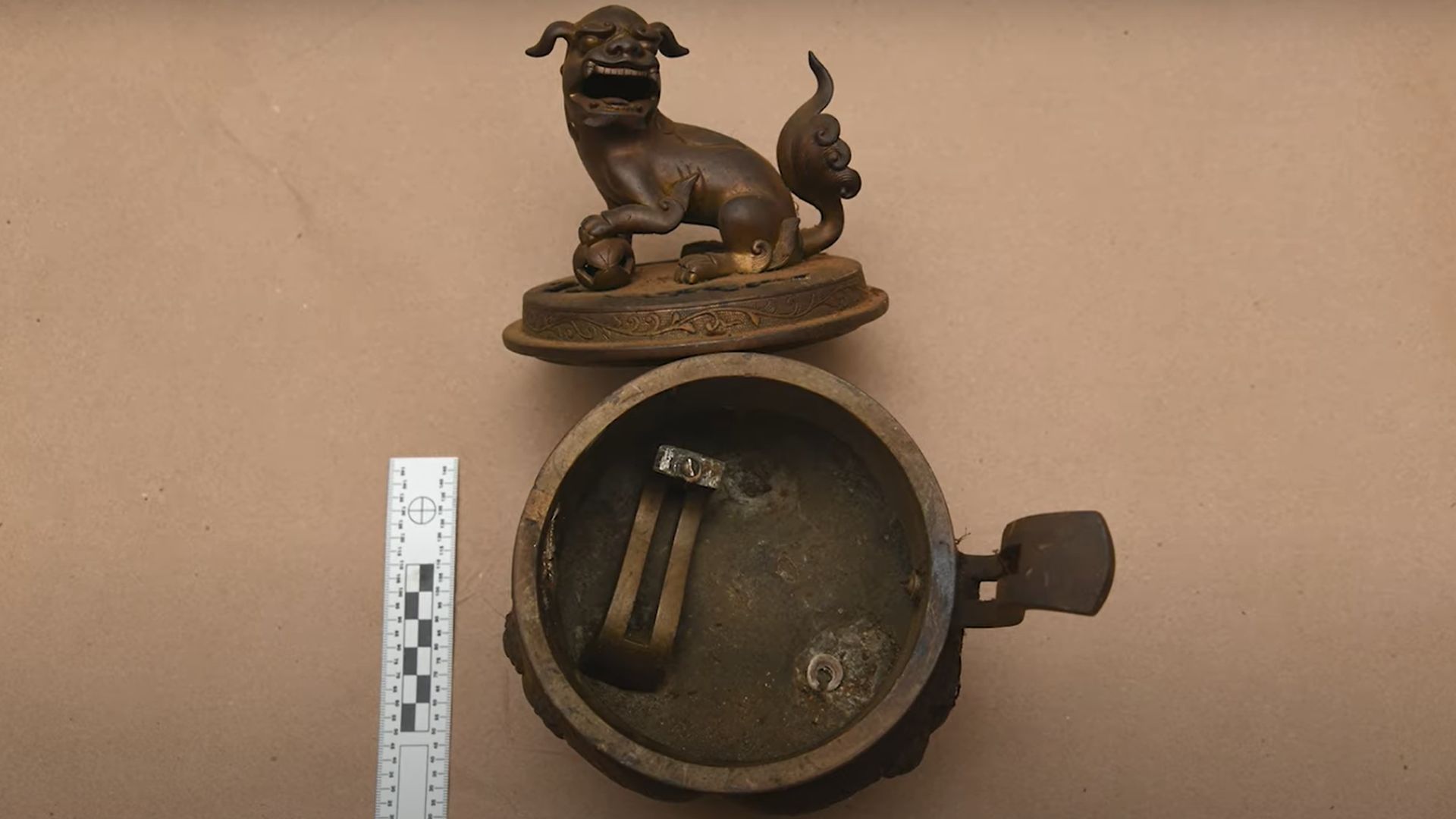
History and culture go hand in hand. When you lack one, you lose both. This applies to the stolen Okinawa artifacts, which had gone missing for eight decades.
Culture can also be a key part of someone’s identity. Without the artifacts, the people of Okinawa were confused as to what their culture was and how it came to be, which led them to question their identity.
Few Ryukyu Kingdom Artifacts Had Survived
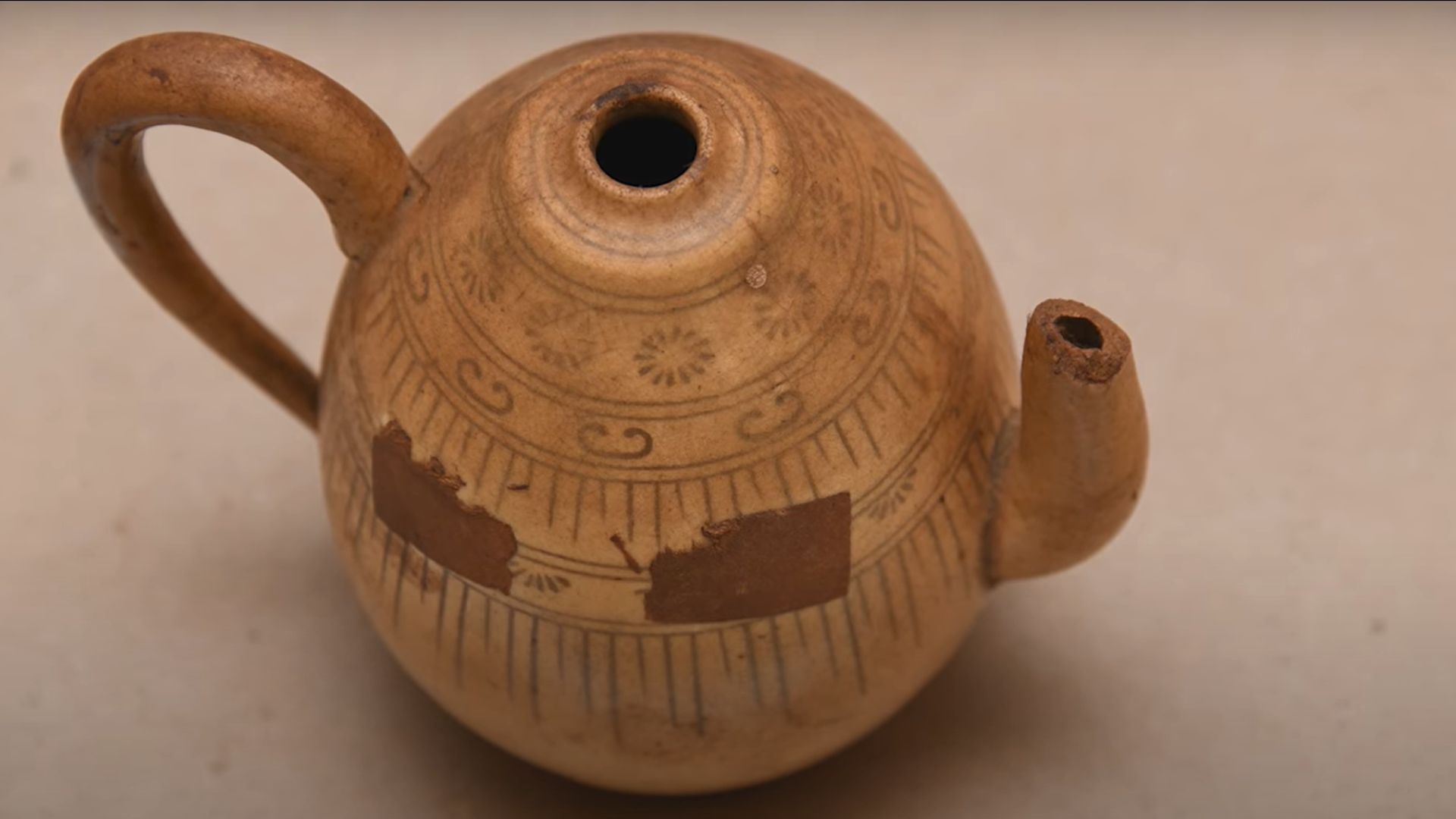
These artifacts are of particular importance to the Okinawa people as very few of the artifacts from the Ryukyu Kingdom have survived.
The artifacts point towards a heritage and are seen as “cultural treasures.” They help give the people of Okinawa some knowledge of their history that previously wasn’t there, previously relying on the stories of their ancestors.
Other Okinawa Artifacts Were Discovered in 1953
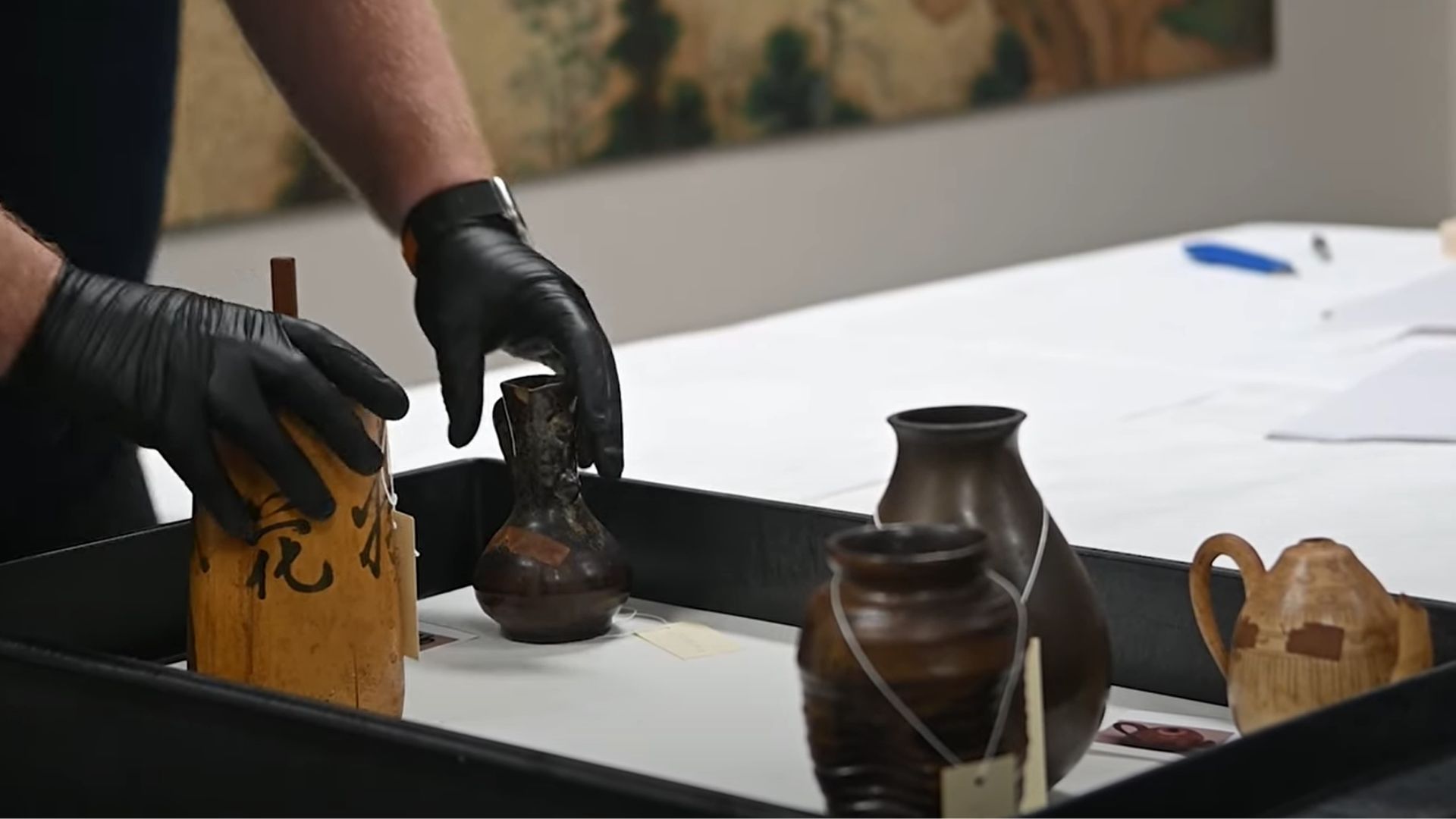
These aren’t the only Okinawa artifacts found; another set was found a few years after the war ended in 1953.
Funnily enough, these items were also found at a home in Massachusetts. The items found in this set included the Omoro Sochi, which is 22 volumes of ancient Okinawa poems and songs that date back to the 12th century.
A Museum Checked the Artifacts Before They Went Back to Japan
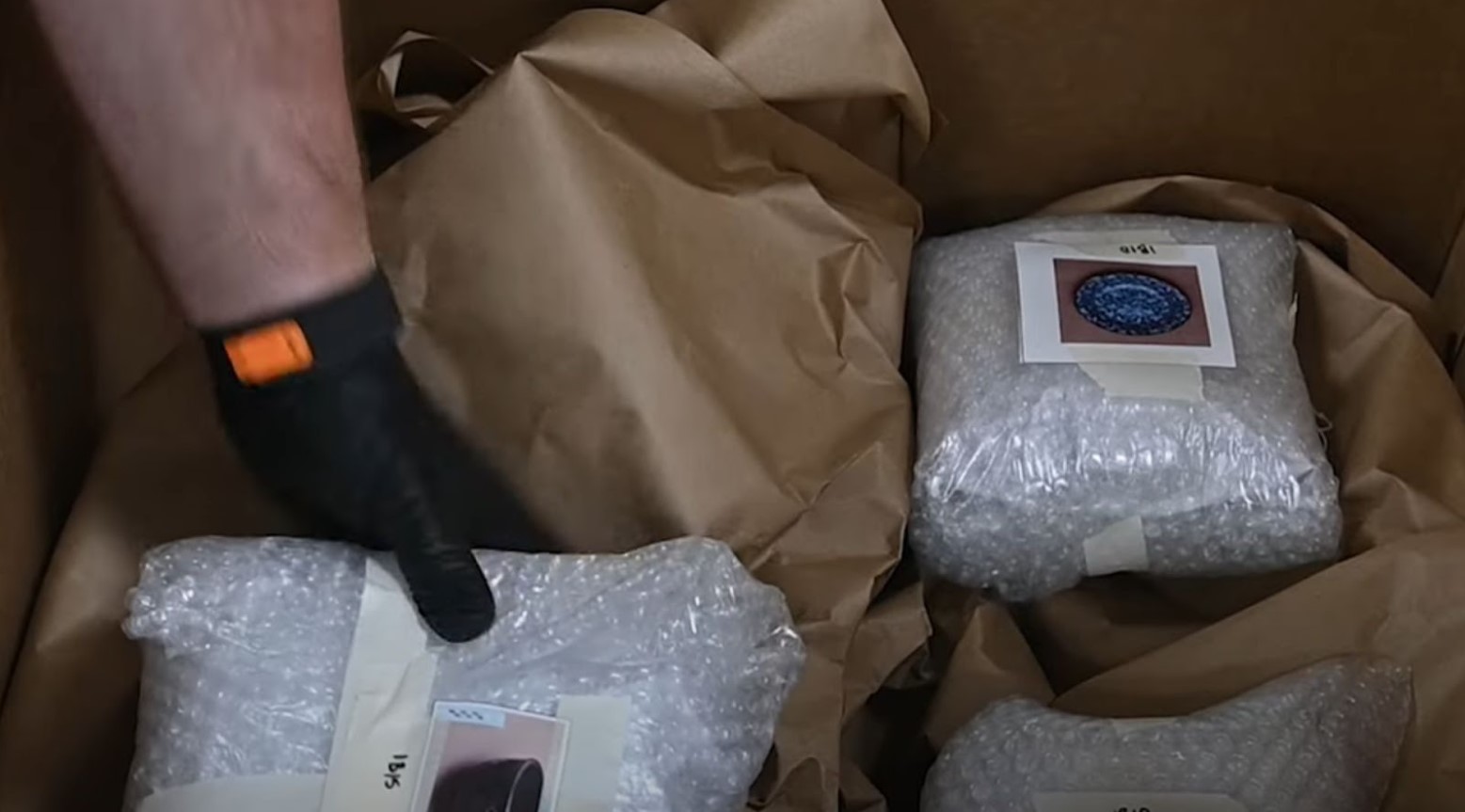
Due to how delicate and important they are, the artifacts had to be checked and packed thoroughly before being sent back to Japan.
The Smithsonian Institution’s National Museum of Asian Art thoroughly examined the artifacts first and then ensured they were properly packed to ensure they would withstand the journey back to Japan.
Discovering the Artifacts Was Exciting
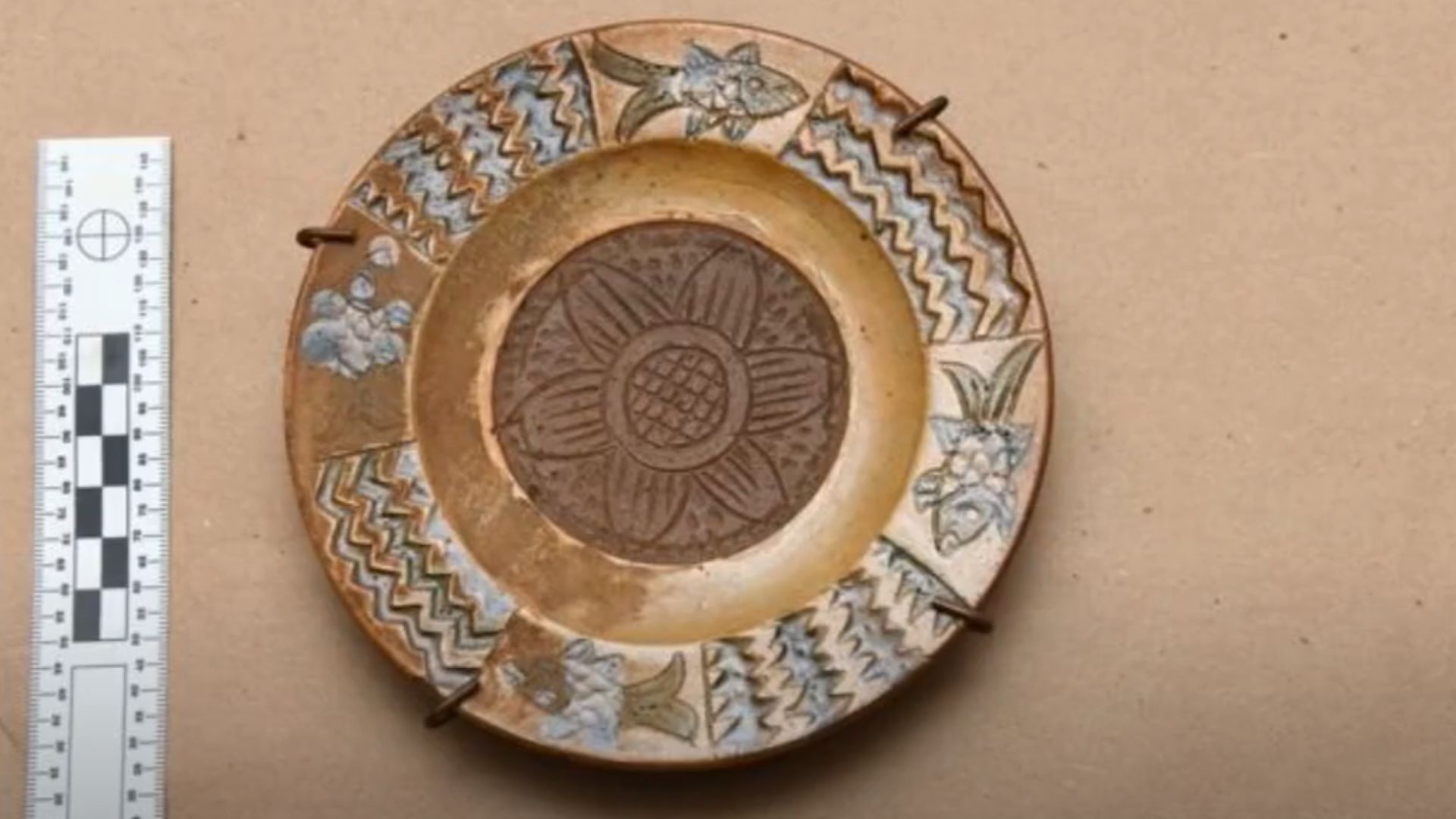
These artifacts hadn’t been seen for almost a century and certainly hadn’t been seen by anyone currently living in Okinawa, so their discovery excited all those involved.
From the family who found them to the museum officials who verified they were the stolen artifacts and to the Okinawa people who got their artifacts back, it has been an exciting time all around as history has been made.
A Formal Repatriation Ceremony Will Take Place in Japan
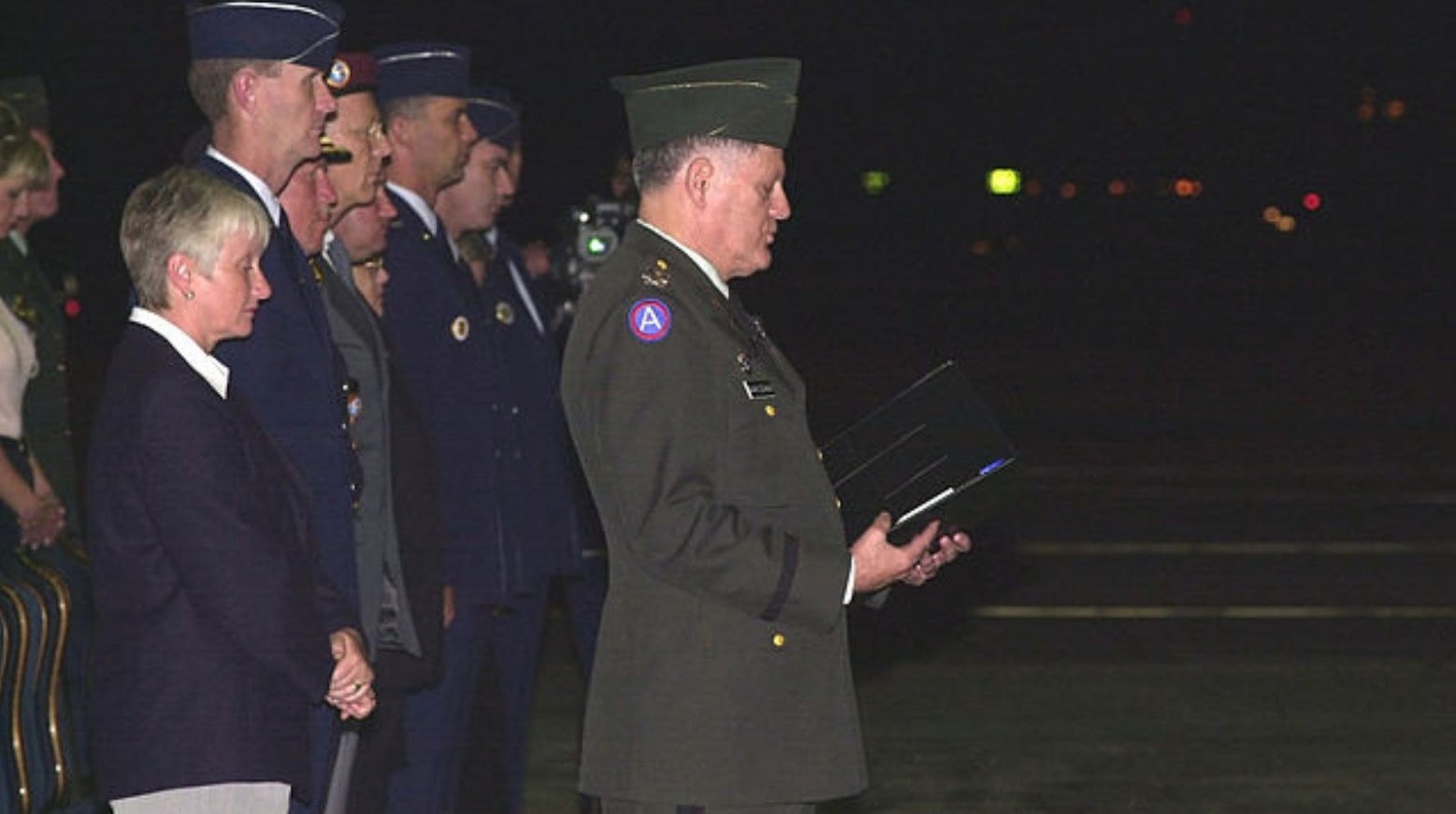
After the artifacts were received by Japan, a formal repatriation took place to celebrate their return.
The Collector states the artifacts were presented to Japanese officials during a ceremony on March 15, 2024, but that the formal repatriation ceremony took place a month later.
The FBI Recognized the Public’s Importance in Finding Stolen Art
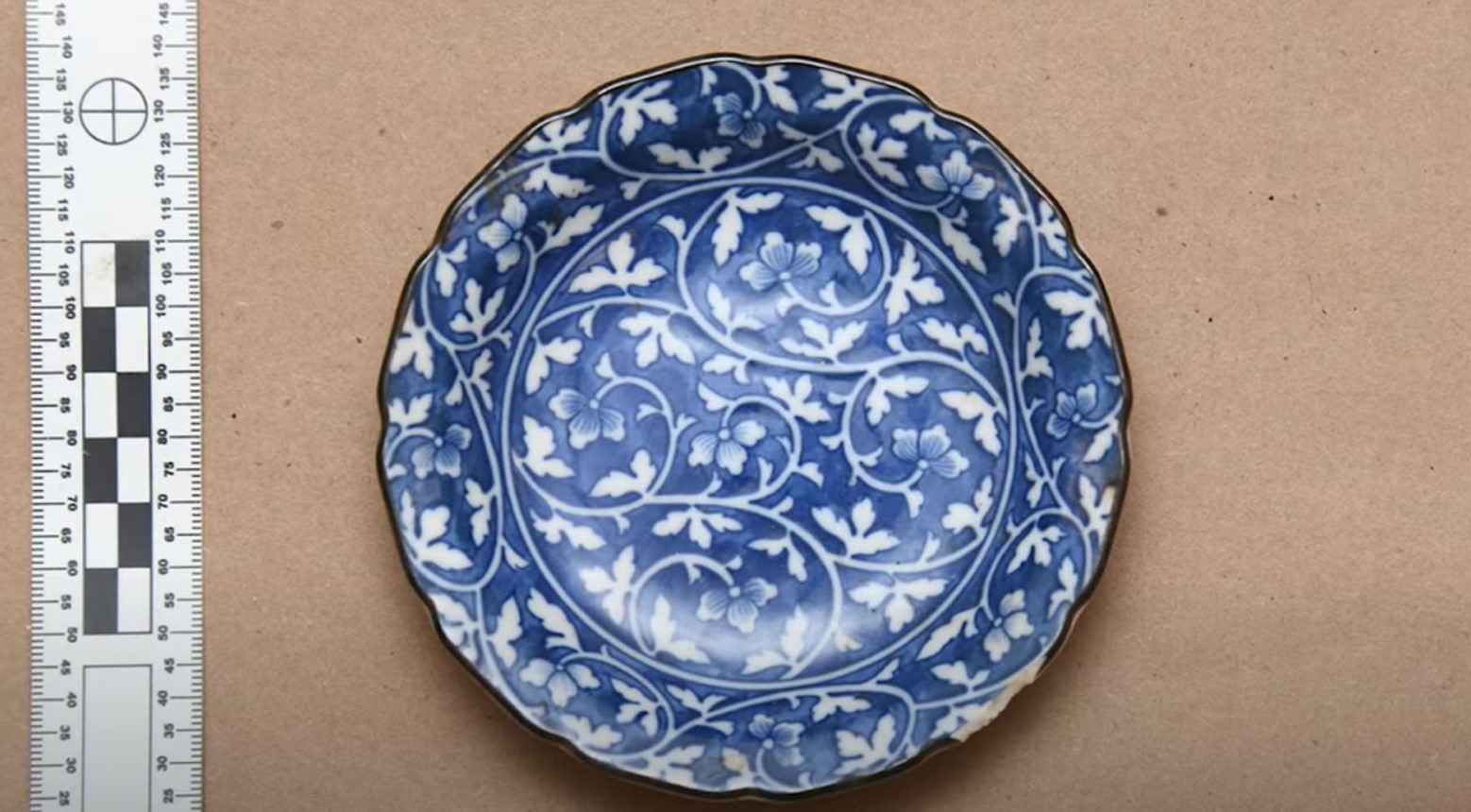
One aspect of this case that the FBI was able to recognize was the public’s importance when it came to finding stolen art.
The family looking into the artifacts, realizing they were wanted, and handing them in was a good example of why the public knowing about stolen artifacts and other objects can help in finding them and returning them to the rightful owner.
Okinawa Artifacts Still Missing
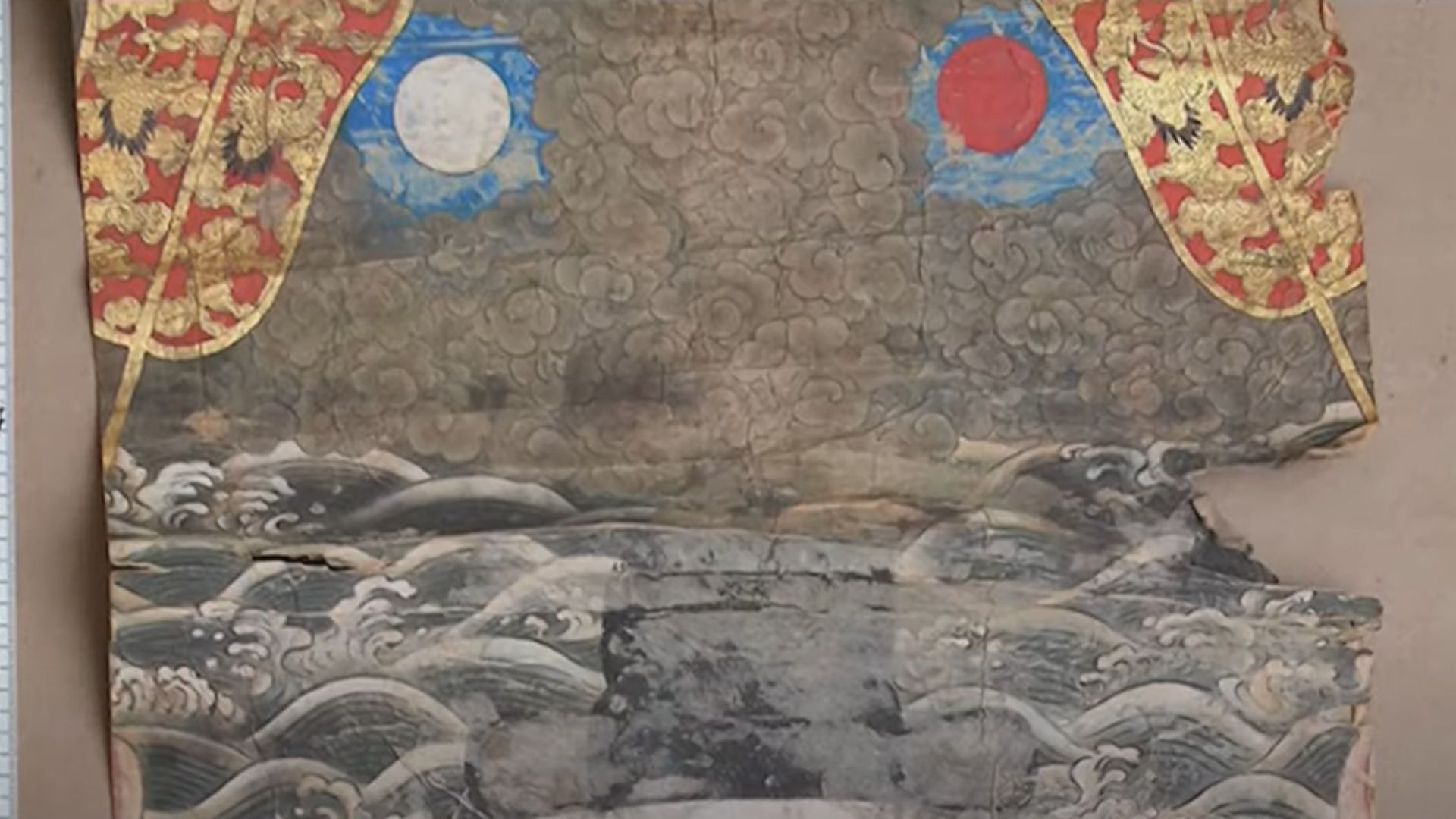
Despite these 22 Okinawa artifacts being returned, there are still some that are missing and waiting to be returned to their rightful owner.
These have been registered with the National Stolen Art File and include portraits and a royal crown. It is highly likely that someone across the world will have these somewhere, but who that person is and where they are is currently unknown.
The Okinawa Repatriation Ceremony
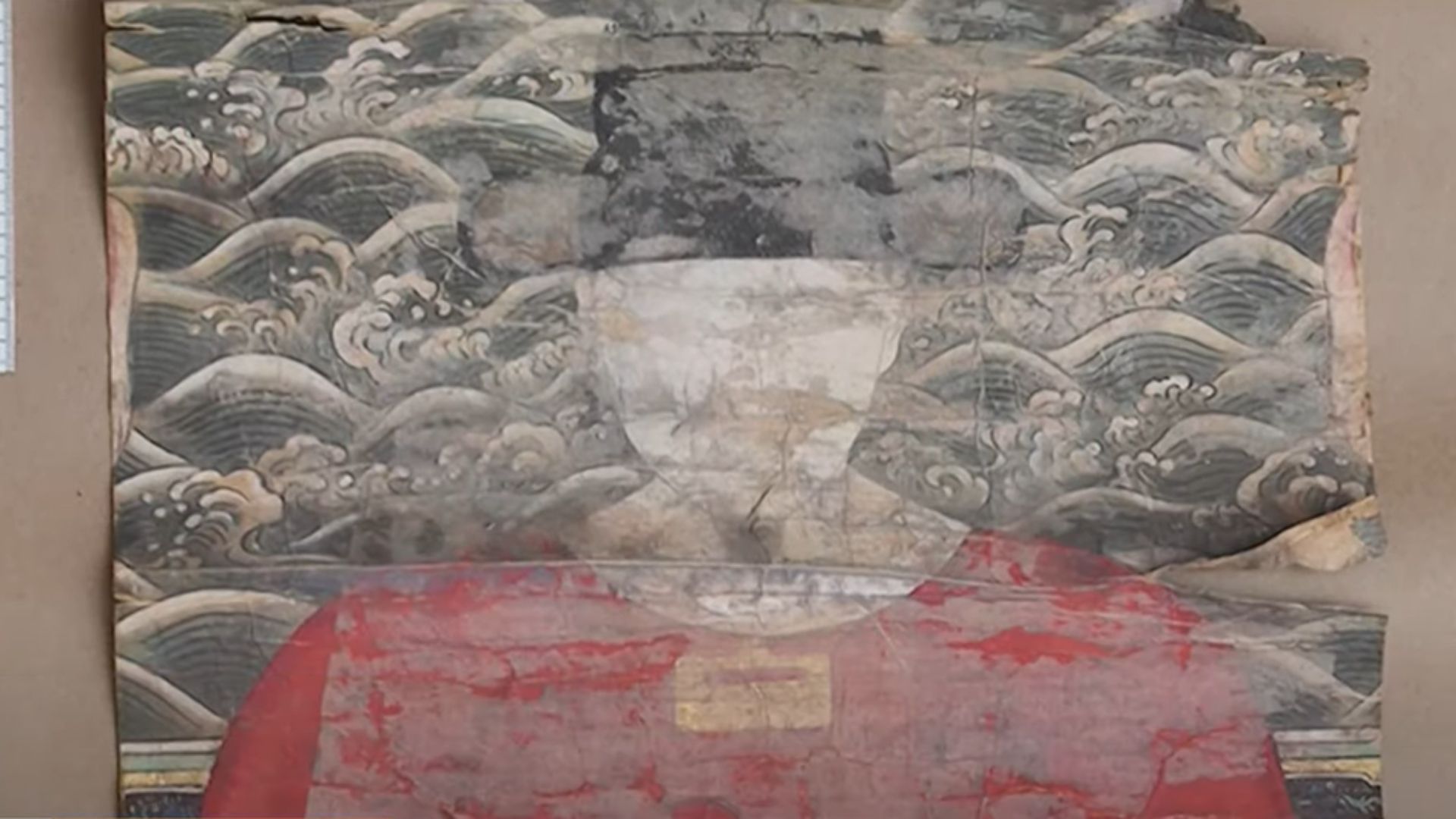
On April 30, 2024, an official repatriation ceremony was held at the Okinawa Prefectural Museum and Art Museum in Naha, which is Okinawa’s capital city.
This ceremony marks the official return of the artifacts to their rightful owners, where they should hopefully be held for the rest of time.
